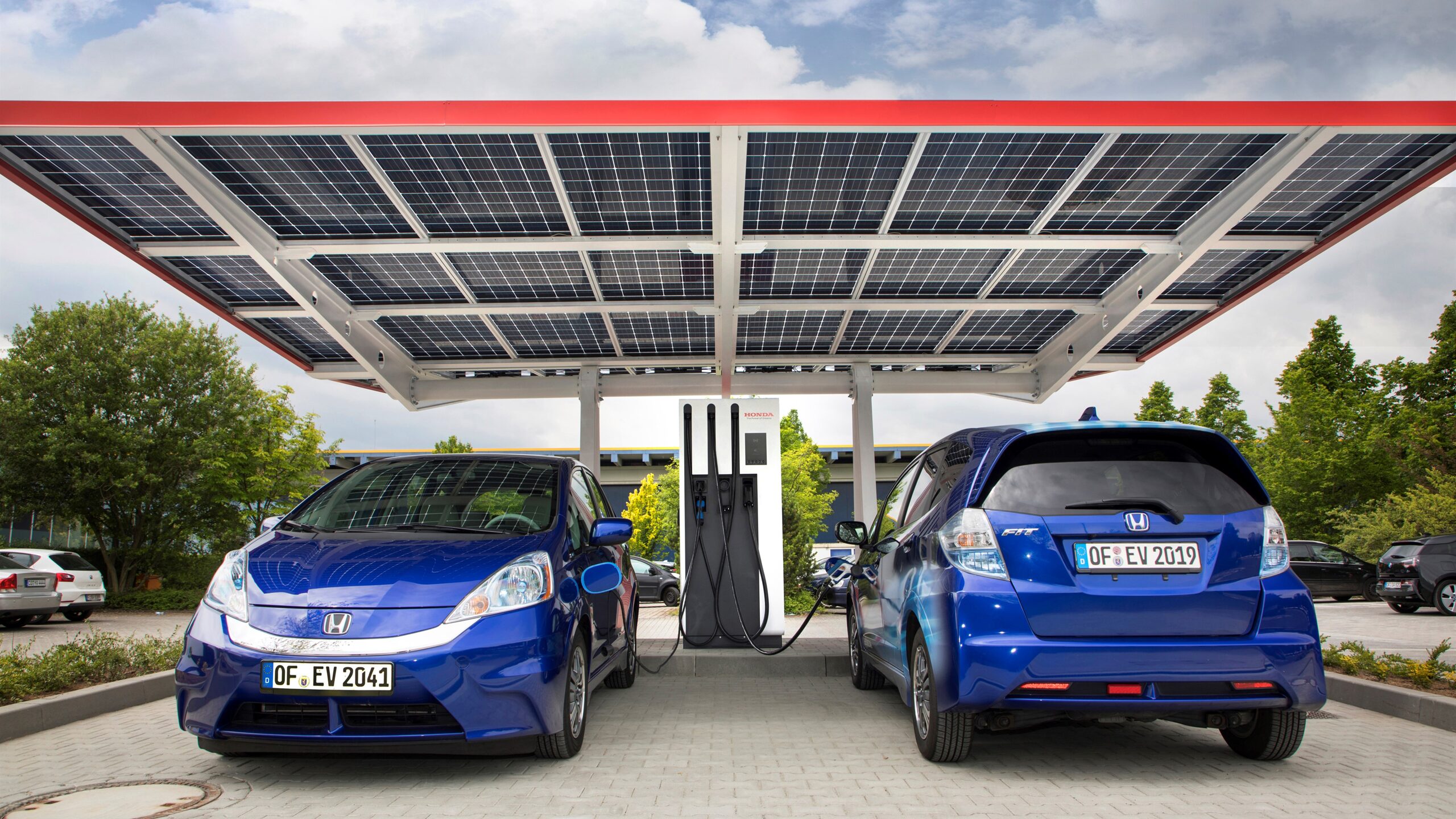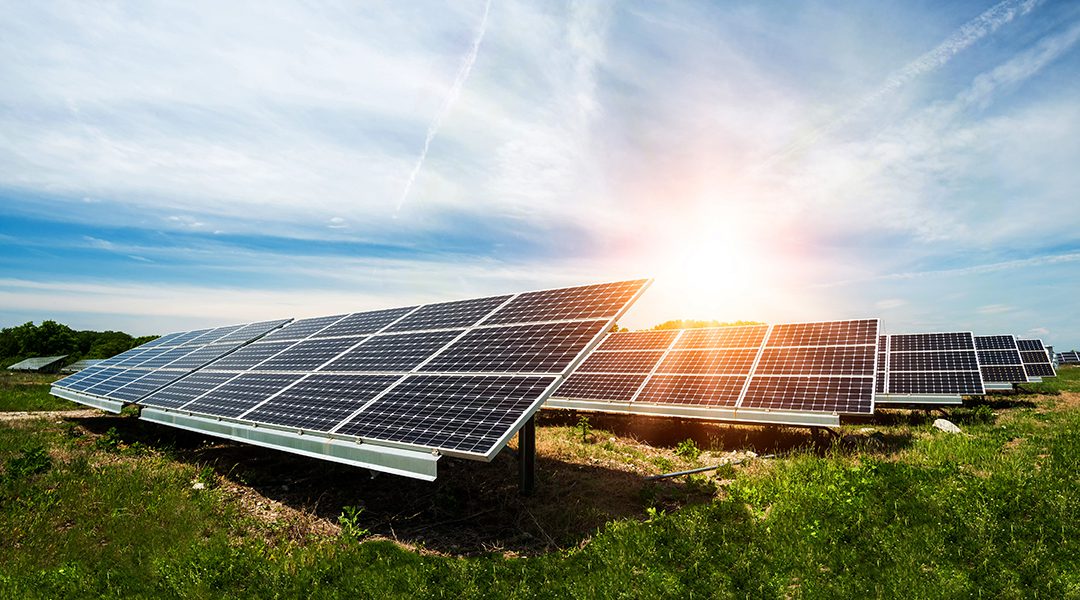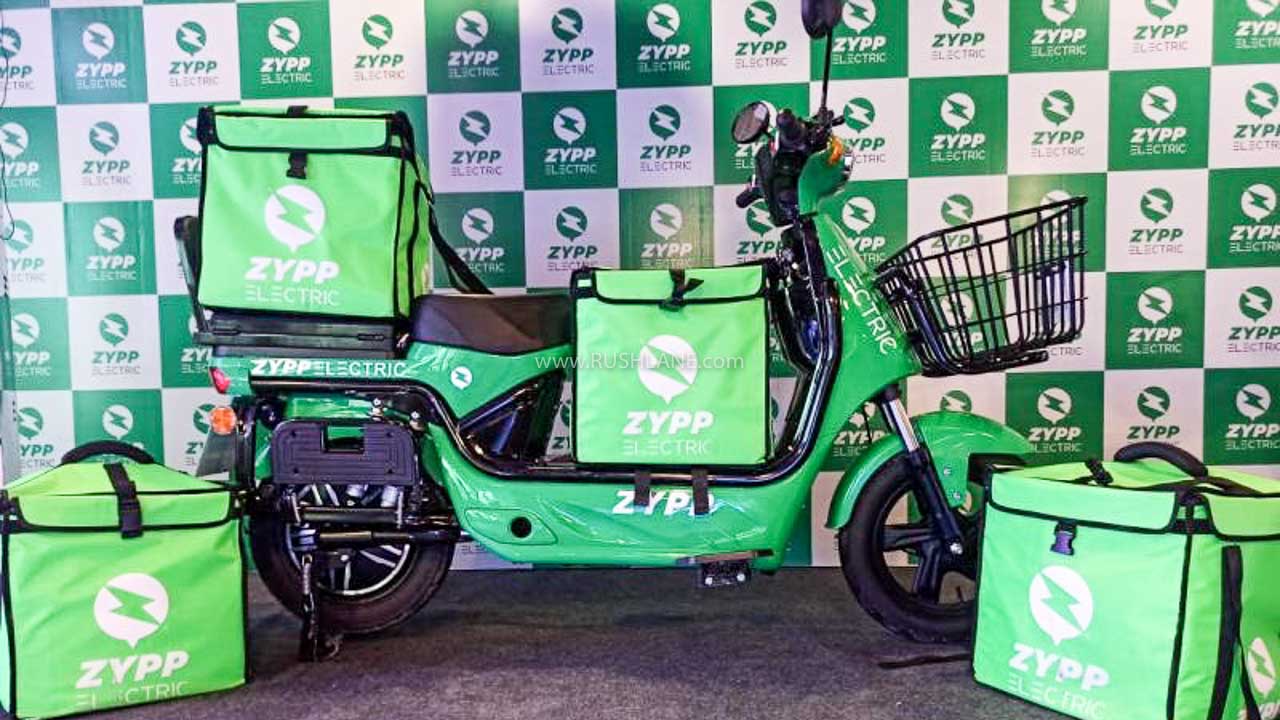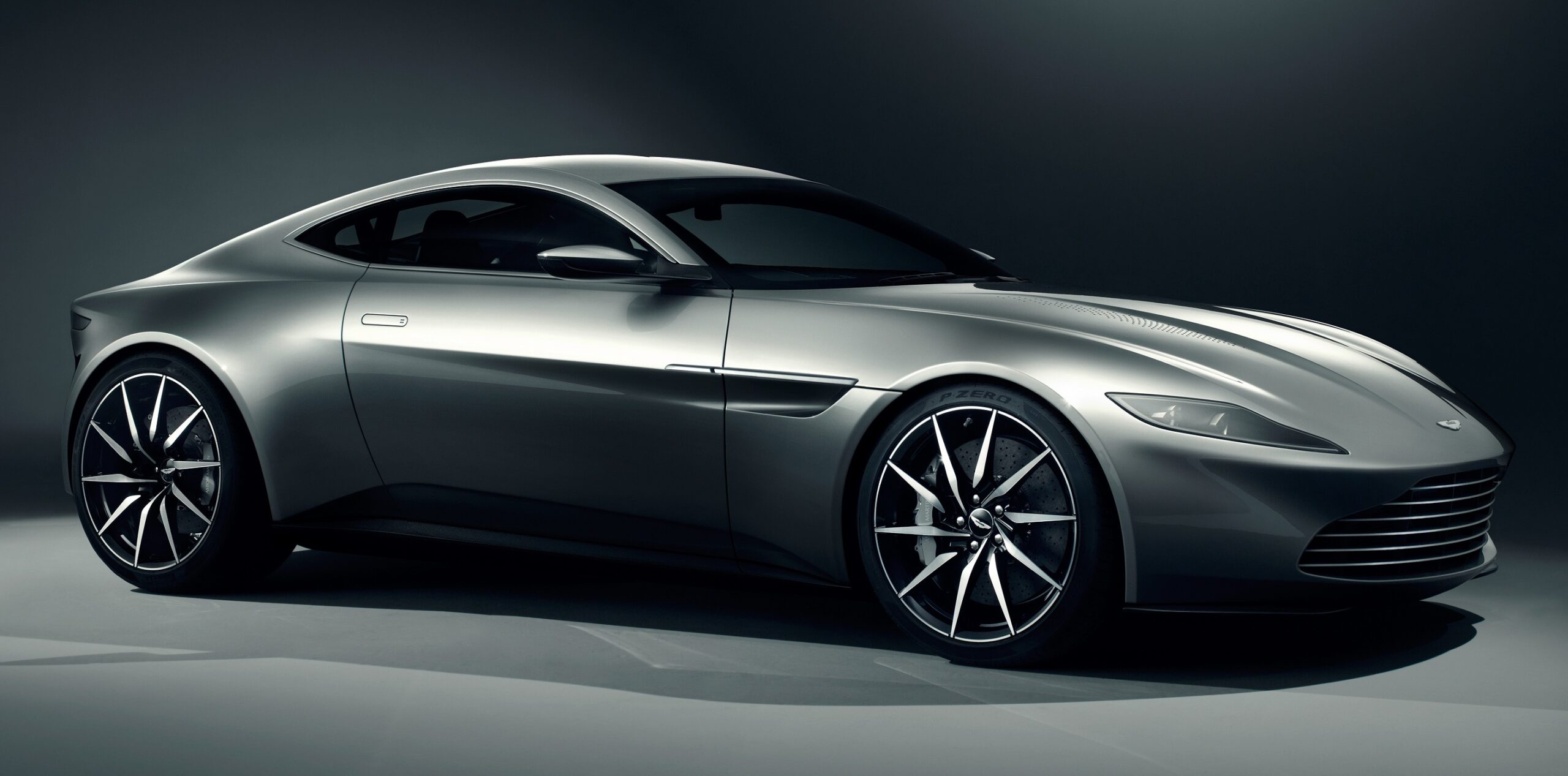Table of Contents
In a groundbreaking achievement, India’s electric vehicle (EV) market has surged past 1 million registrations in 2023, signalling a remarkable stride in the nation’s clean mobility pursuits. This rapid accomplishment, achieved in under nine months, represents a significant leap forward for India’s ambitions in environmentally friendly transportation. India’s electric vehicle revolution has hit a major milestone, surpassing 1 million registrations in 2023! Discover how this rapid growth is shaping the future of sustainable transportation in the country.
Driving Forces of the Electric Vehicle Revolution: Environmental Awareness and Government Backing
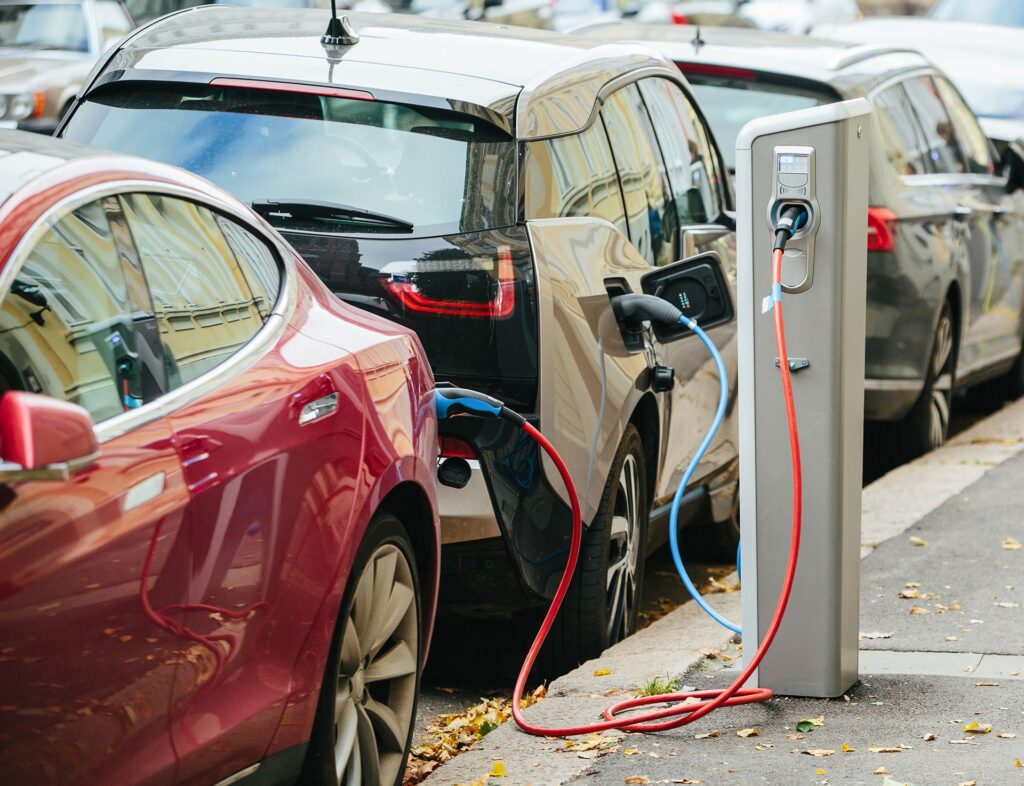
The upswing in EV sales is a result of a confluence of factors, including heightened environmental consciousness, government incentives, and notable advancements in EV technology. The Indian government has proactively advocated for electric vehicle adoption, aligning with its commitment to curbing carbon emissions and addressing climate change. The implementation of various policies and subsidies serves as a catalyst, encouraging both manufacturers and consumers to embrace electric mobility.
Catalysts of Change in Electric Vehicle Revolution
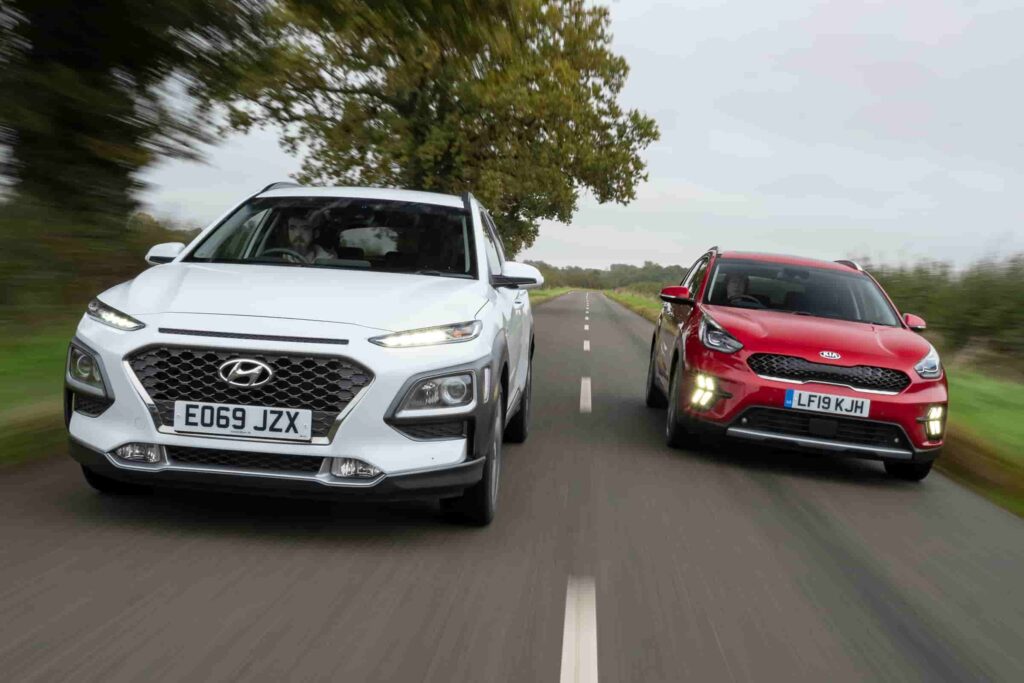
Major industry players, exemplified by Hyundai and Kia, have played a pivotal role in propelling this growth, captivating the market with their cutting-edge EV models. Hyundai’s Ioniq 5, earning the prestigious Green Car award in 2024 by ICOTY, stands as a testament to this trend. Additionally, Kia’s plans to introduce an affordable electric SUV in 2025 further invigorate the EV movement. Strategic investments, such as Macquarie Capital’s support for ChargeZone, a leading Indian EV charging company, have significantly contributed to advancing the EV infrastructure and promoting green mobility in India.
While two-wheelers lead the charge, other segments such as electric three-wheelers and passenger vehicles are experiencing noteworthy growth. This diversification indicates a broadening EV market catering to diverse consumer needs.

Policy Impacts: FAME-II Scheme and Government Initiatives
Government initiatives, notably the Faster Adoption and Manufacturing of Electric Vehicles (FAME-II) scheme, play a pivotal role in providing subsidies and promoting EV adoption. This supportive policy environment contributes to the expanding EV landscape.
Infrastructure Expansion: Addressing Challenges
As electric vehicle (EV) adoption continues to surge in India, one of the primary challenges hindering widespread acceptance is range anxiety — the fear of running out of battery before reaching the next charging station. To tackle this issue, both the Indian government and private sector players are accelerating efforts to expand the EV charging infrastructure across the country.
The government’s push through initiatives such as the FAME India Scheme (Faster Adoption and Manufacturing of Hybrid and Electric Vehicles) has laid the foundation for building a robust network of public charging stations, especially in urban centers and along major highways.
Private companies, including energy giants and start-ups, are also contributing to this effort by installing fast-charging stations in residential areas, commercial hubs, and high-traffic routes. Many automakers are collaborating with these infrastructure providers to ensure that charging facilities are compatible with a wide range of EV models.
This expansion isn’t just about quantity but also quality—with fast-charging stations and ultra-fast charging capabilities designed to significantly reduce the time spent on charging. Together, these developments are expected to alleviate consumer concerns, boost confidence in EVs, and ultimately drive the growth of the electric mobility ecosystem in India. As the charging infrastructure continues to grow, the adoption of electric vehicles is set to become even more seamless and practical for everyday use.
Implications of the Milestone: Environmental, Economic, and Energy Benefits

The significance of surpassing 1 million EV registrations goes beyond numbers:
Environmental Benefits
Increased EV adoption translates to reduced air pollution and greenhouse gas emissions, contributing to a cleaner and healthier environment.
Economic Opportunities
The growing EV market creates new jobs and investment opportunities across the entire value chain, from manufacturing to charging infrastructure.
Energy Security
By reducing dependence on fossil fuels, EVs enhance India’s energy security and contribute to a more sustainable future.
Ongoing Challenges: Affordability, Range Anxiety, and Awareness
While celebrating this milestone, challenges persist:
Affordability
Despite advancements, EVs still have a higher upfront cost compared to traditional vehicles. Continued government support and price reductions are crucial for wider accessibility.
Range Anxiety
Limited range and concerns about charging infrastructure availability can deter potential buyers. Expanding charging stations and promoting faster-charging technologies are essential.
Awareness and Education
Building public awareness about the benefits of EVs and addressing misconceptions is important to drive further adoption.
In conclusion, India’s EV market exhibits tremendous potential. Surpassing the 1 million registration mark signifies the collective efforts of policymakers, manufacturers, and consumers. By addressing remaining challenges and capitalizing on existing momentum, India has the potential to become a global leader in the electric vehicle revolution.


